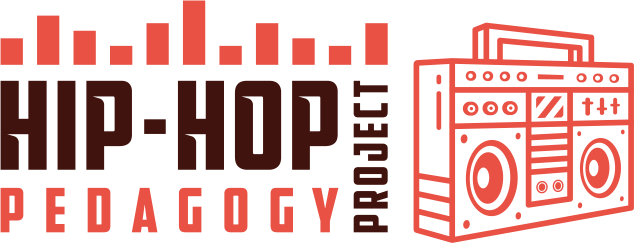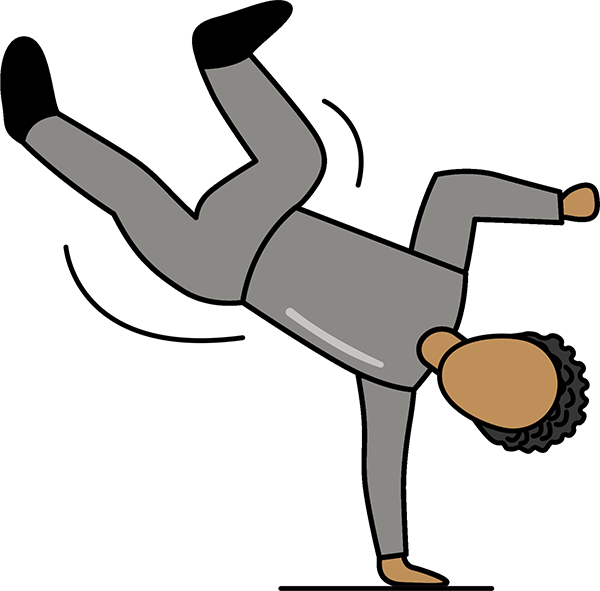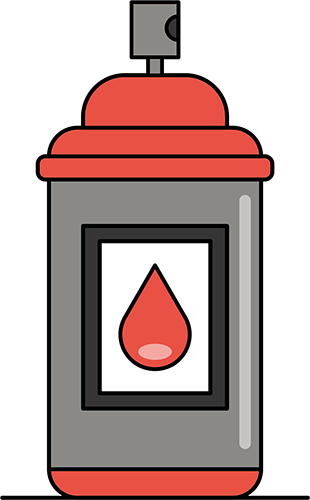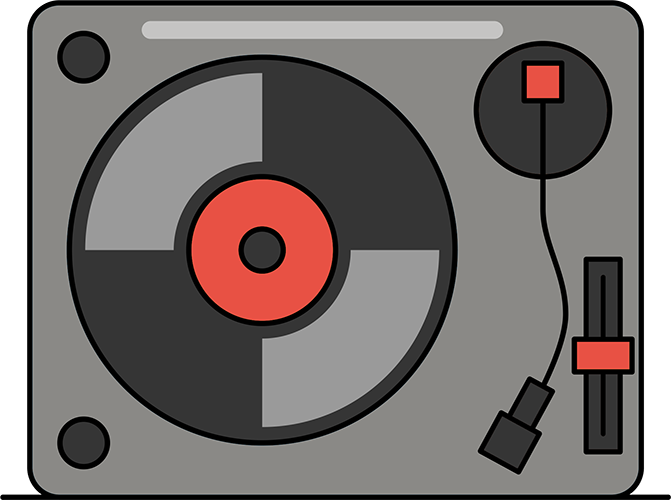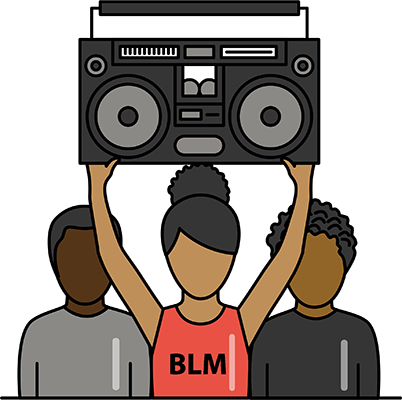The graffiti movement found its way to New York City during the 1970s. Youth who participated in tagging their street alias on the walls of urban neighborhoods, train cars, etc. enjoyed the attention their art received because it made them feel like neighborhood celebrities (Chang, 2007). Graffiti artists find it liberating to climb tall gates and slip under fences to create murals representing them and, in turn, their community. Gregory Tate identified this as reverse colonization. Graffiti artists created murals of their street names across New York City to reclaim their communities when they have been taken away from them due to gentrification and New York City’s development and planning efforts led by Robert Moses that displaced tens of thousands of Black and Brown families and community members. Graffiti art provided urban youth an opportunity to be expressive within their communities and spaces that they occupy, this is the visual arts aspect of hip-hop.

